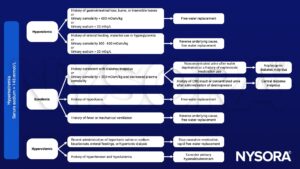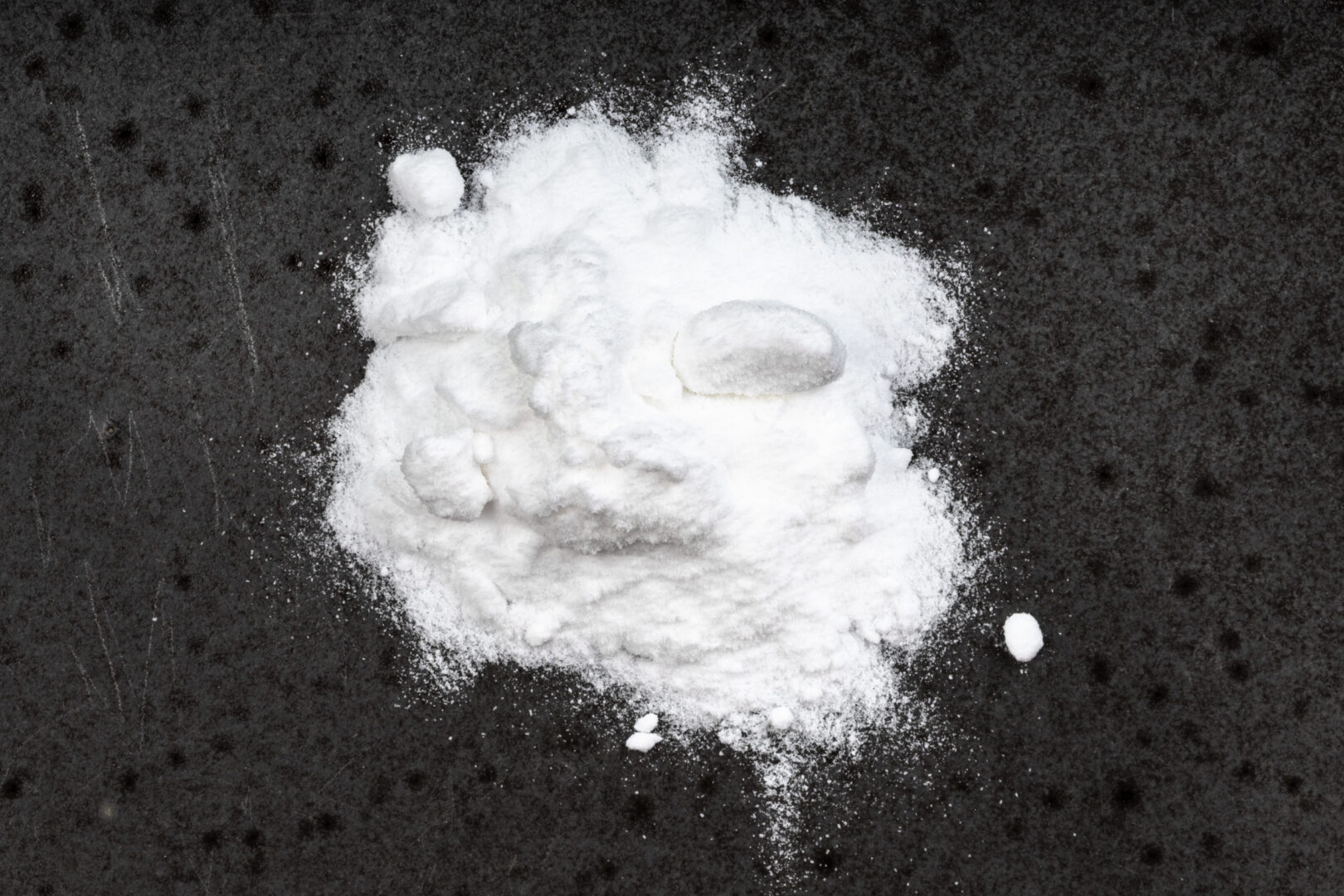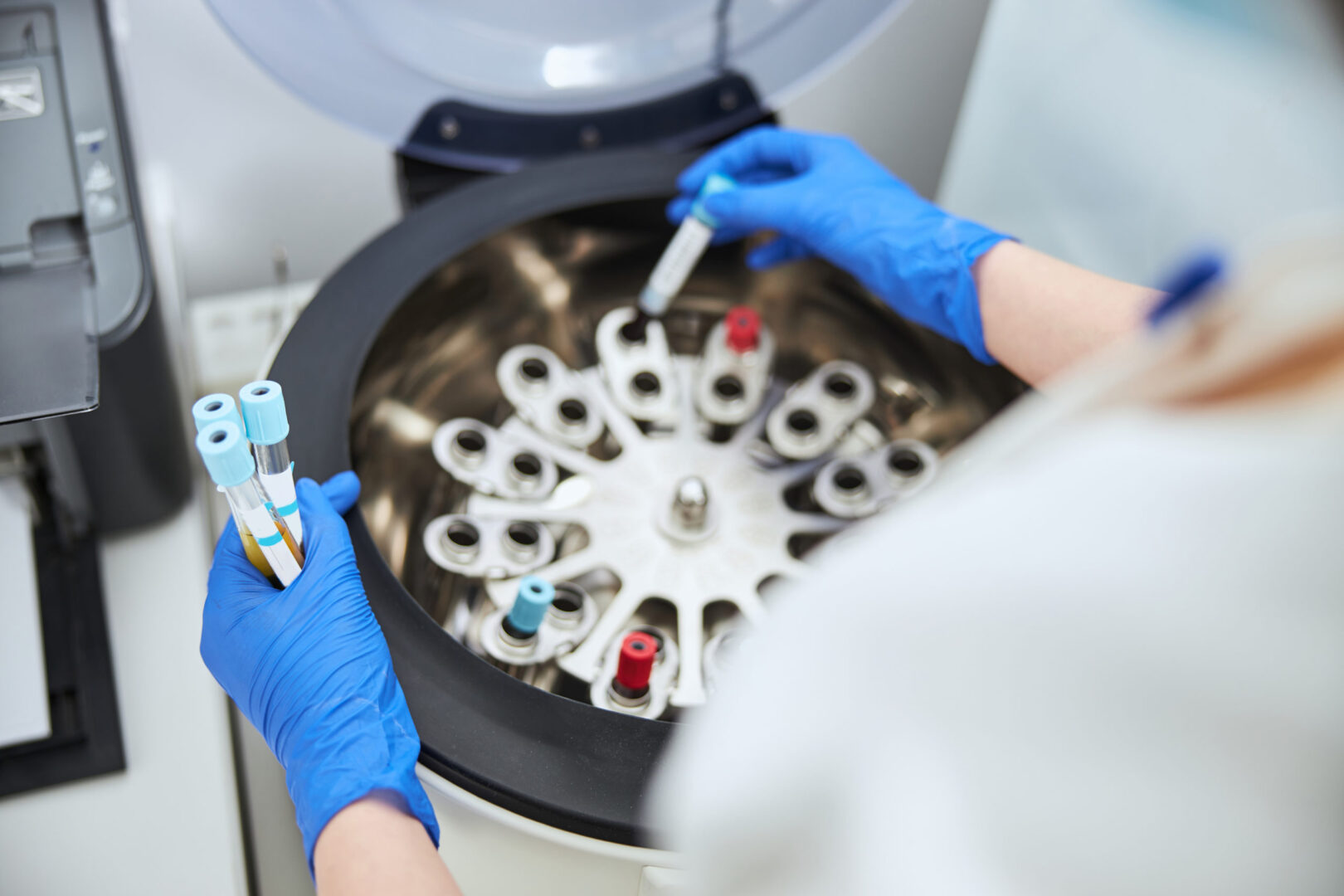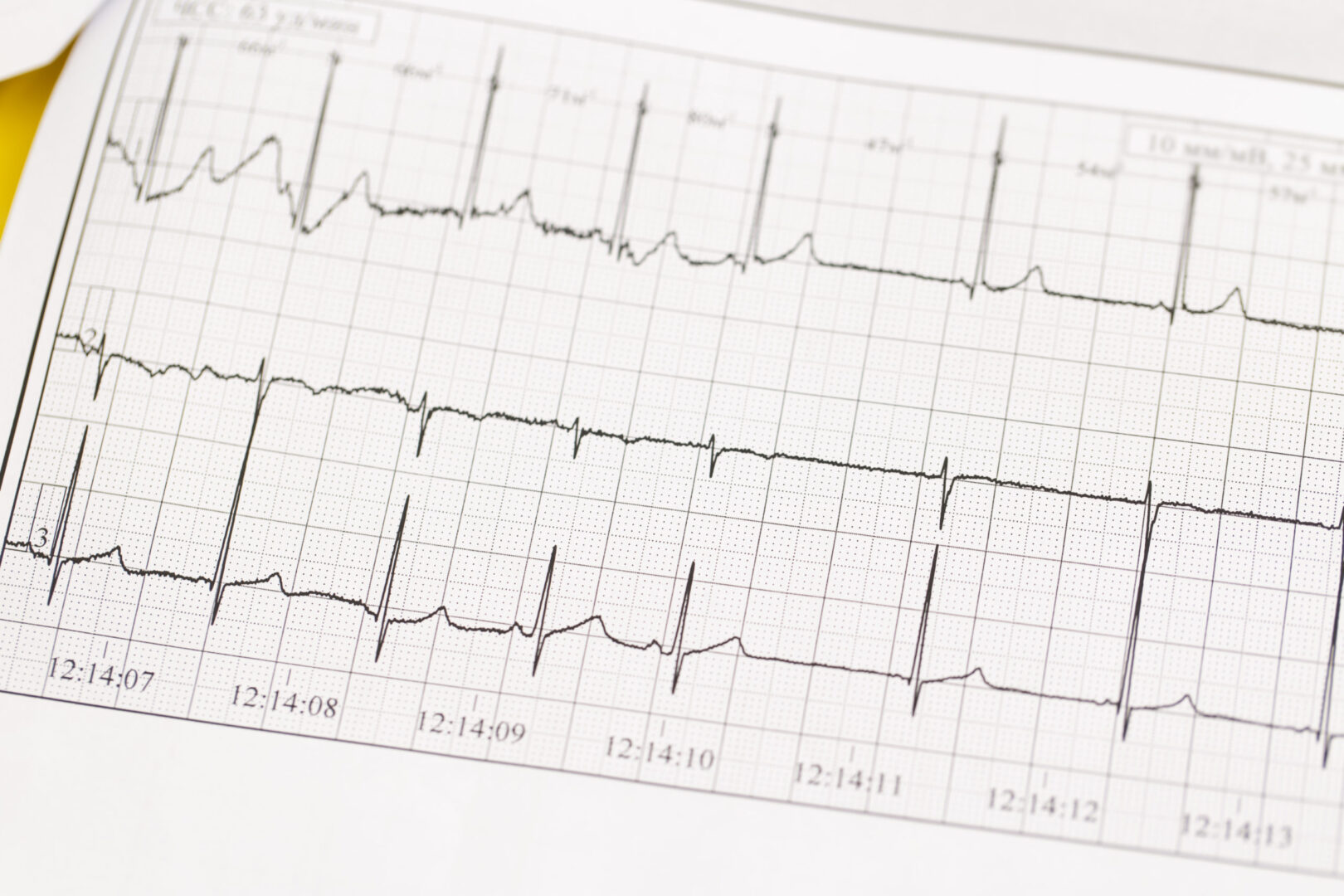Learning objectives
- Definition, diagnosis, and management of hypernatremia
Definition
- Serum sodium > 145 mmol/L
- Severe symptoms usually occur at concentrations > 160 mmol/L
Signs and symptoms
| Mild symptoms | Severe symptoms |
|---|---|
| Anorexia Muscle weakness Restlessness Headache Confusion Nausea | Vomiting Seizures Coma Brain shrinkage, resulting in vascular rupture and intracranial bleeding |
Causes
- Decreased intake or increased loss of water resulting in a net loss in water
- Increase in sodium intake as a cause is rare
| Primary hypodipsia | Lack of thirst Usually caused by destruction of the hypothalamic thirst center Due to primary or metastatic tumors, granulomatous disease, vascular disease or trauma |
| Diabetes insipidus | Caused by a defect in the secretion of ADH in the hypothalamus or by a defective response to ADH in the renal tubules Resulting in production of large amounts of urine (polyuria), thereby raisings the Na+ |
| Pure hypertonic saline gain | Relatively rare cause of hypernatremia caused by the ingestion of hypertonic solutions |
| Combination of inadequate fluid intake + increased free water loss | The most common cause of hypernatremia in the elderly Pathophysiology: the thirst mechanism weakens and renal function declines with increasing age Frail elderly people, particularly those living alone may also have difficulties obtaining adequate fluid volumes |
| Hyperglycemia | |
| Hyperaldosteronism |
Management
- Estimate volume status and total body water deficit with this formula: WD1 = 0.6 × bodymass × [1 − (140 ÷ Na+)]
- Treat the underlying cause and correct the water deficit
- First choice of fluid: oral free water
- IV: use hypotonic solutions
- Do NOT rapidly correct or overcorrect, this increases the risk for cerebral edema
- A correction rate of 1 mmol/L per hour is considered a safe rate of correction
- NOTE: This rate is NOT recommended in chronic hypernatremia!
- In patients where hypernatremia is present for a longer period, the sodium level should be corrected at a rate of 0.5 mmol/L per hour, max 8 – 10 mmol/L per 24 hours
- In patients with acute hypernatremia, quick correction of sodium can be perfomed safely with isotonic saline or water without the risk of cerebral edema

Suggested reading
- Braun MM, Barstow CH, Pyzocha NJ. Diagnosis and management of sodium disorders: hyponatremia and hypernatremia. Am Fam Physician. 2015;91(5):299-307.
We would love to hear from you. If you should detect any errors, email us [email protected]








